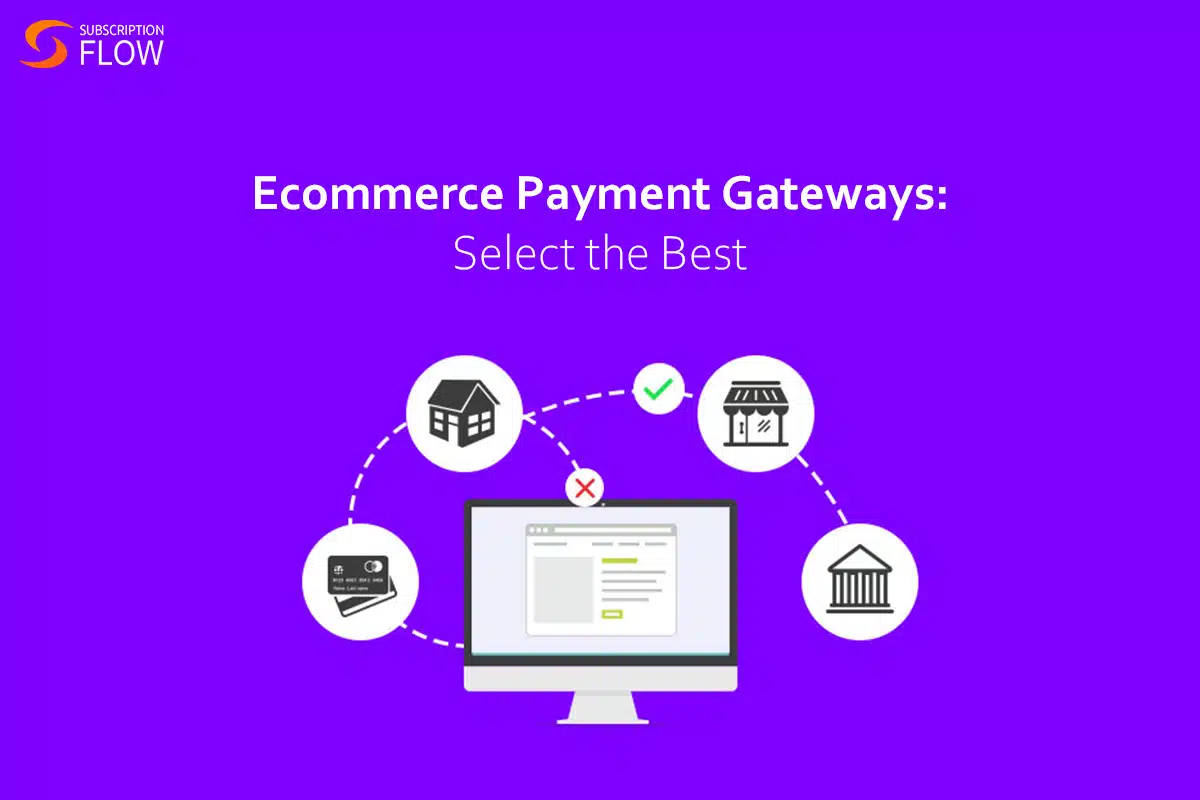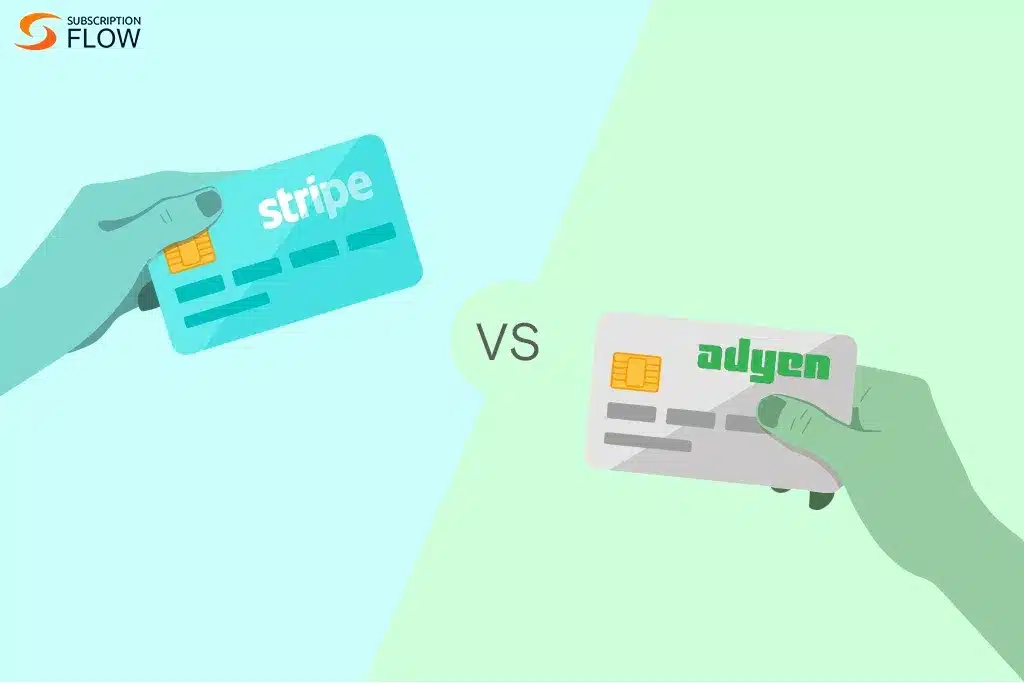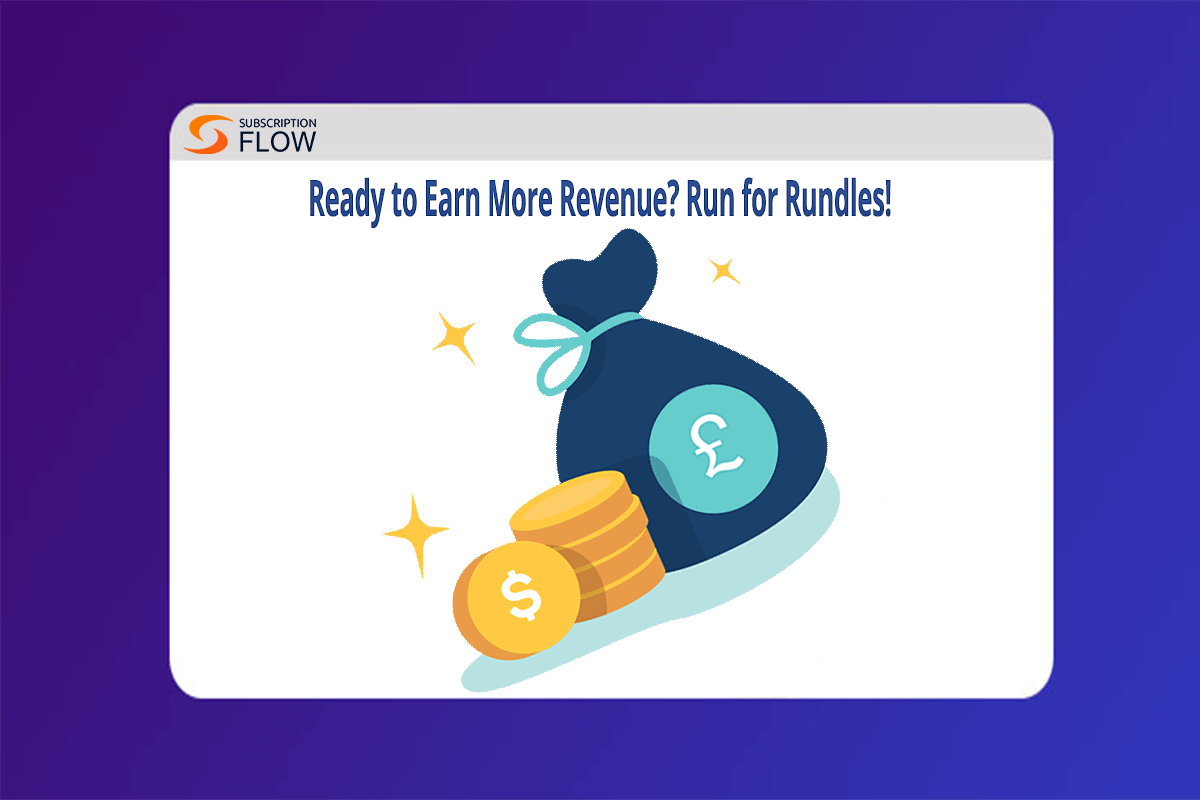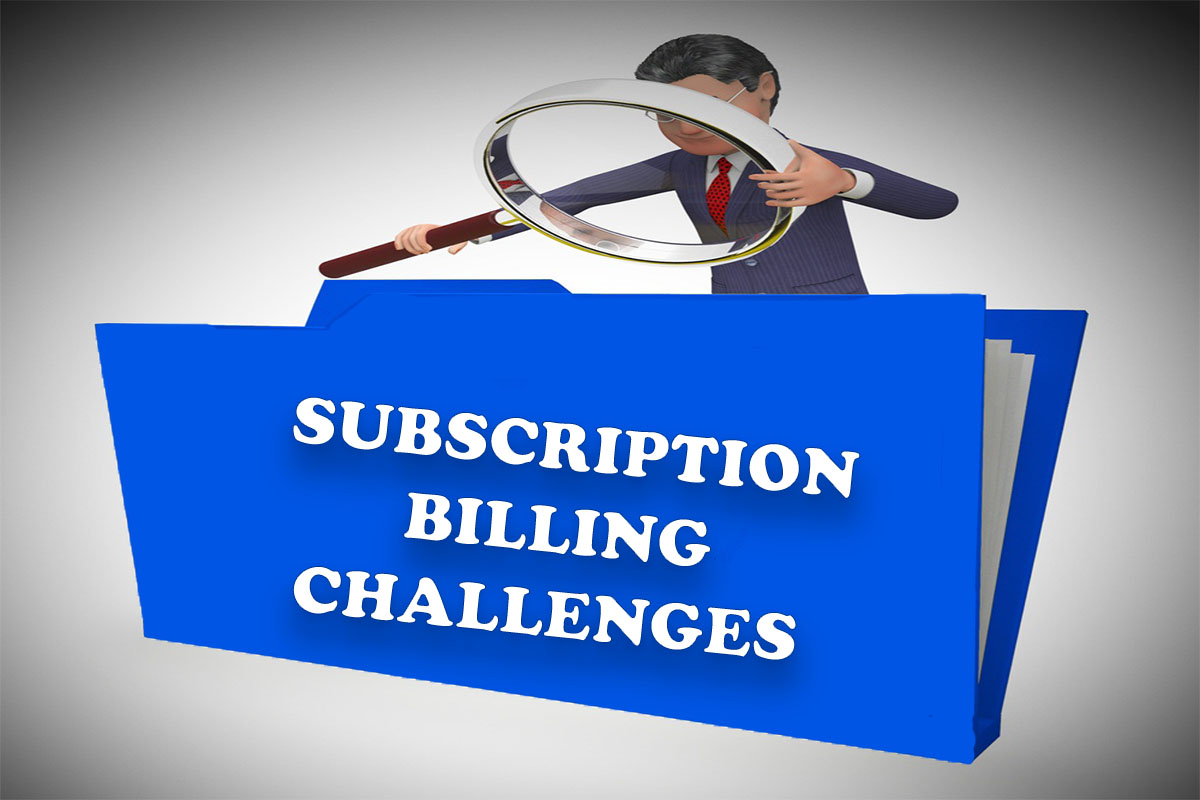
Low Risk and High Risk Payment Gateways for eCommerce
The world of eCommerce is continuously changing. The same is true for the payment gateways accessible for digital merchants. With various payment methods, types, and providers, this can become confusing on how to select the best payment option for you. While all the payments services were created to collect from customers their money for their goods or services, these services have differences when it comes to fees, security measure, and user experience.
To make things easier for you when selecting a payment gateway for your eCommerce website, we have divided them into low and high risk gateways.
Low-Risk Payment Gateways for eCommerce
There are numerous low-risk gateways through which you can receive payments from your customers in a reliable and secure method. Some of the most popular low-risk payment gateways are PayPal, Apple Pay, Authorize.net, and Stripe. These payment platforms offer favorable rates for processing payments and are commonly trusted for their security.
One of the oldest online payment services used by millions of businesses across the globe is PayPal. With this facility, you can create a merchant account in no time wherein all payments from customers would reach your account through credit cards or bank transfers. PayPal levies a small fee for processing each transaction it does not pose fixed subscription fees on a monthly basis.
Stripe is another well-known option for e-commerce websites because it is easily used, flexible, and of low cost. It’s capable of processing payments in more than 135 currencies and supports any kind of payment method accepted, such as credit card, debit card, Apple pay, and many others. Stripe users also enjoy smart fraud protection features which can detect suspicious activity occurring on the website.
Authorize.net also becomes a popular choice for businesses looking for low-cost payment processing solutions. This gateway allows payments from most of the major credit cards as well as bank transfers. However, it charges extra fees in international transactions or recurring payments.
High Risk Payment Gateways
As the name implies, high risk gateways pose higher risks when it comes to fraudulent activities or chargebacks. As such, they tend to be more expensive than their low risk counterparts, but they can be a necessary evil for certain businesses. High risk payment gateways typically have higher fees and more stringent fraud protection measures.
One of the most popular high risk gateways is 2Checkout, which many online retailers use to accept payments from customers worldwide. This gateway charges a flat fee for each transaction plus an additional fee for international and recurring payments. It offers advanced security features such as 3D secure technology, IP address verification, and more.
Another widely used high risk gateway is Skrill, which supports multiple currencies and allows businesses to accept payments via credit card or bank transfer. The service also offers fraud prevention tools to help you detect suspicious activities on your website. However, it does charge a transaction fee for each payment it processes and may require additional verification before processing a payment.
10 Important Factors To Consider When Choosing A Payment Gateway For eCommerce
- Cost: When selecting a payment gateway for your eCommerce website, it is important to compare fees and look for the most cost-effective option.
- Security: Make sure that the payment gateway you choose has adequate security measures to protect your customers’ data from theft or fraud.
- User Experience: It is essential to select a payment service that provides an easy and seamless checkout experience for your customers.
- Payment Methods: Choose a provider that supports all the major payment methods and can accommodate any currency preferences you may have.
- Fraud Prevention Tools: Look for gateways with advanced fraud prevention tools such as IP address verifications and 3D secure technology to protect your business from fraudulent transactions.
- International Payments: If you plan to accept international payments, make sure the payment gateway you choose offers support for those currencies and can process the payments securely.
- Payment Timing: The speed of a payment gateway is often an important consideration when selecting one for your eCommerce website. Make sure to find out how long it takes for payments to be processed and whether there is a fee associated with expedited processing times.
- Mobile Support: Ensure that the payment gateway you select has mobile compatibility so customers can complete their purchases on any device.
- Customer Service & Support: It is essential to select a provider that offers reliable customer service and technical support in case you encounter any issues with your payment gateway.
- Integration: It is also essential to ensure that the payment gateway you choose can be easily integrated into your eCommerce website and provides a secure connection for customers when making a purchase.
Conclusion
With so many payment gateways available, it cannot be easy to select the right one for your business. By considering all of these factors, you will be able to find the best solution that meets your needs and budget while providing an optimal checkout experience for your customers. Ultimately, the right choice will depend on the size of your business and budget and the types of customers you’re working with.
If you are seeking the top subscription management tool for your eCommerce in 2023, book a demo with us!










